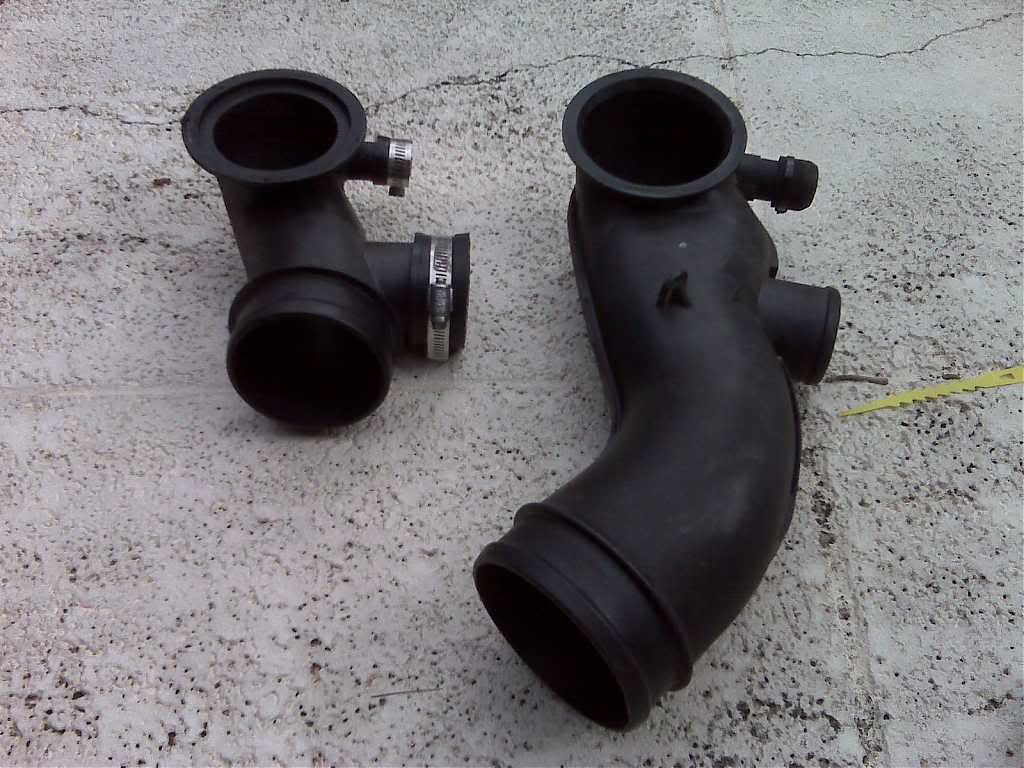OK... so here's an obtuse way to think about aerodynamics.
On my truck (Chevy Silverado w/Duramax diesel), it has been discovered that the stock air intake, especially where the incoming air makes the final 12-18 inches into the turbocharger, is quite restrictive. This discovery, and the discovery that in later years GM re-engineered the turbo mouthpiece to be much less restrictive (so much so that mileage, power, and engine temps are all noticeably affected - all to the positive), has all of my diesel brethren scrambling to modify their trucks - OK... I did too.
The difference is startling, especially under acceleration, towing, etc. At highway speeds, unless you're towing, the turbo clearly has all the air it needs as boost is 2-5 psi; under load, it's not uncommon to see it in the 24-30 psi, which is where you really notice the difference with this mod.
Now my questions. How would one quantify the optimal solution? Realizing that you have to pull air through a filter, and given a predictable turbo flow rate (none of which I can personally quantify

), I'm wondering how one would go about validating/verifying a solution.
For example, all of these intake systems have an accordion-like rubber section that attach both to the filter box and the rigid pieces of the intake which leads to the turbo (it allows you to open up the filter box to change the filter). Does the accordion significantly disrupt airflow? Would it be measurable? If the accordion isn't straight, would that affect anything?
Then there's this other guy out there who claims that for an optimal solution, you must profile the interior of the air intake system and dimple it like the surface of a golf ball... and he claims the solution he sells has this feature. Is this primarily theoretical, real but hard to imagine it would be noticed, all hooey, or [fill-in-the-blank]?
I'd be interested to hear your thoughts... BTW, here are some pics to demonstrate the differences in the turbo mouthpiece alone - the smaller one is the stock mp from the LLY engine; the larger one is from the next generation LBZ engine.

This is the turbo side end of the mp:
